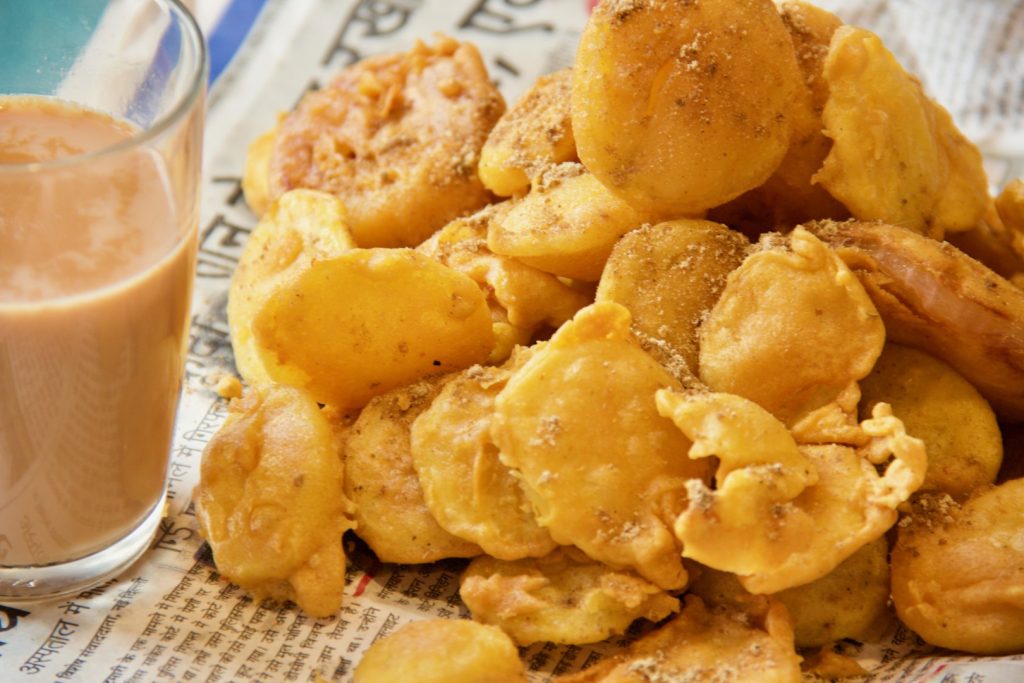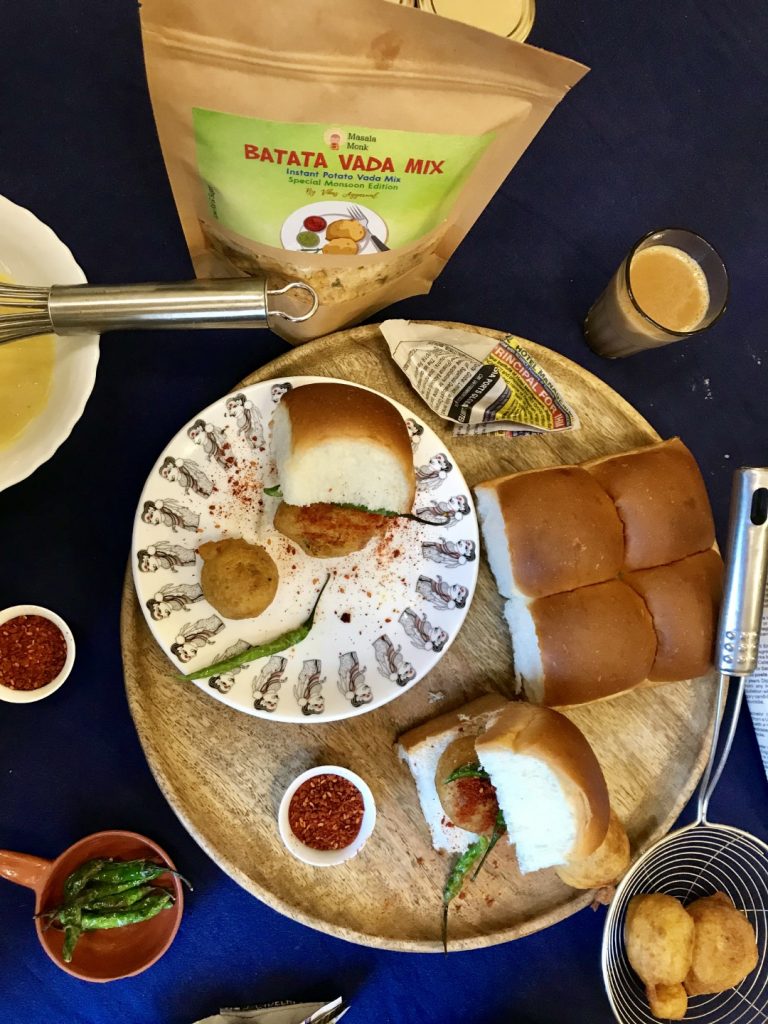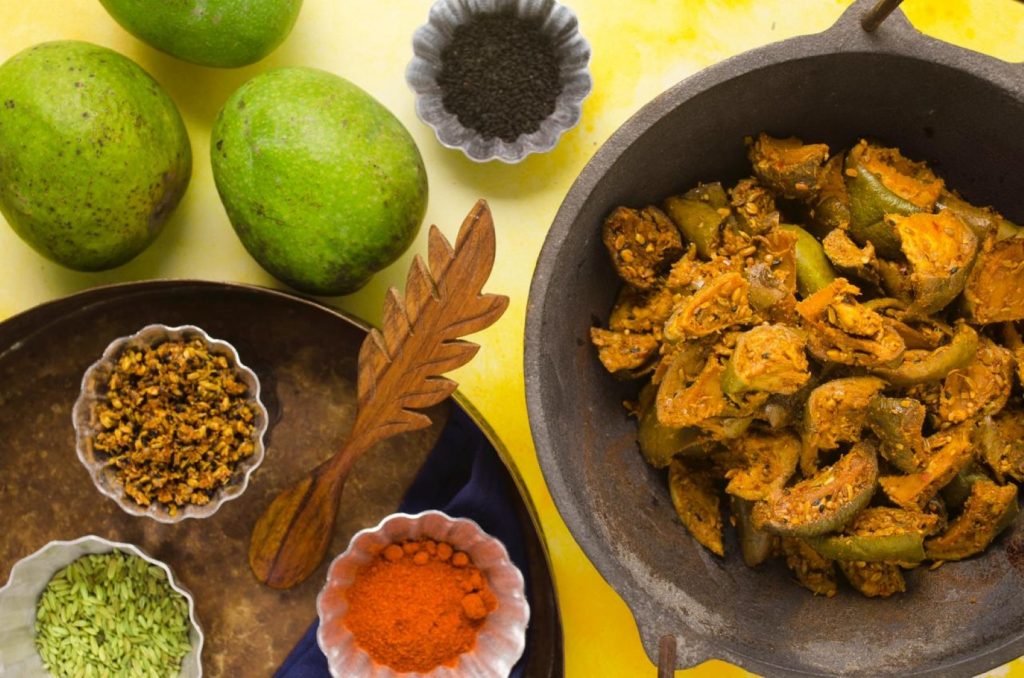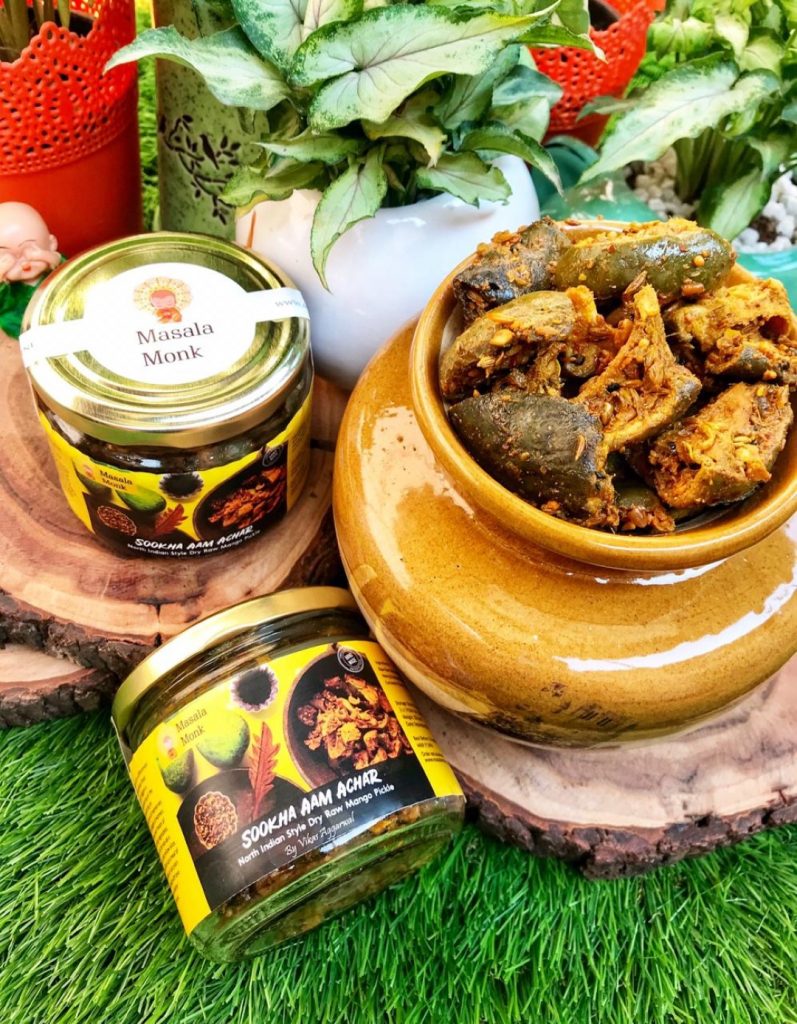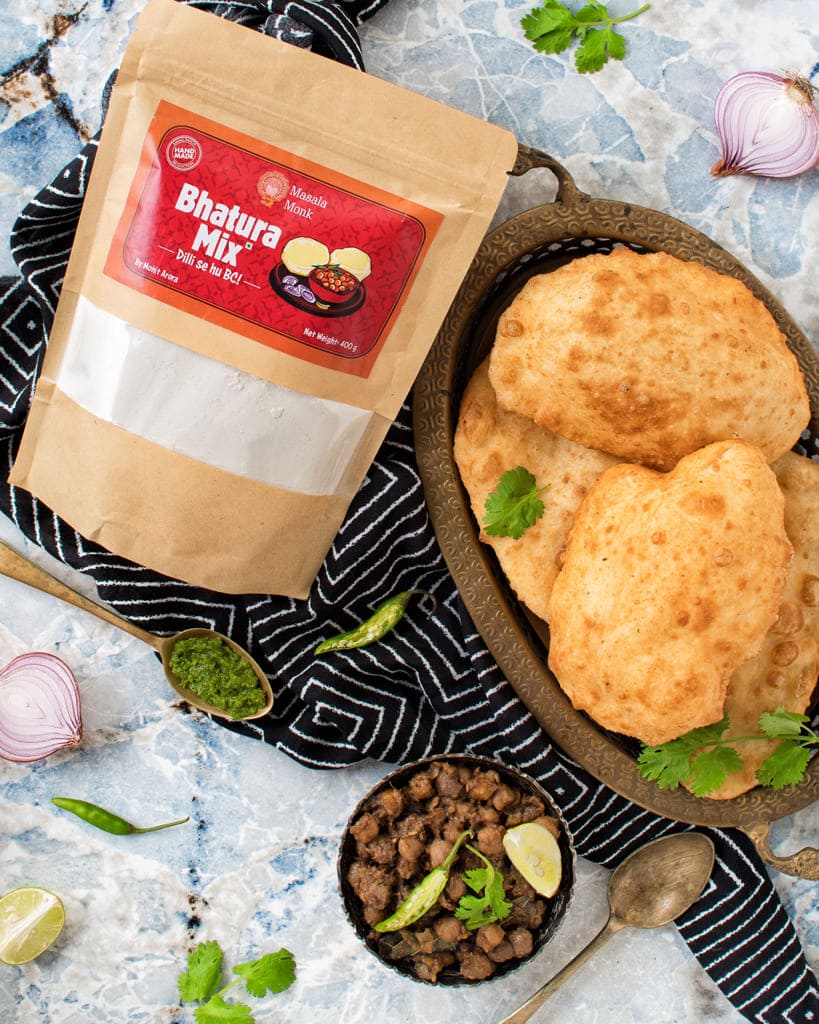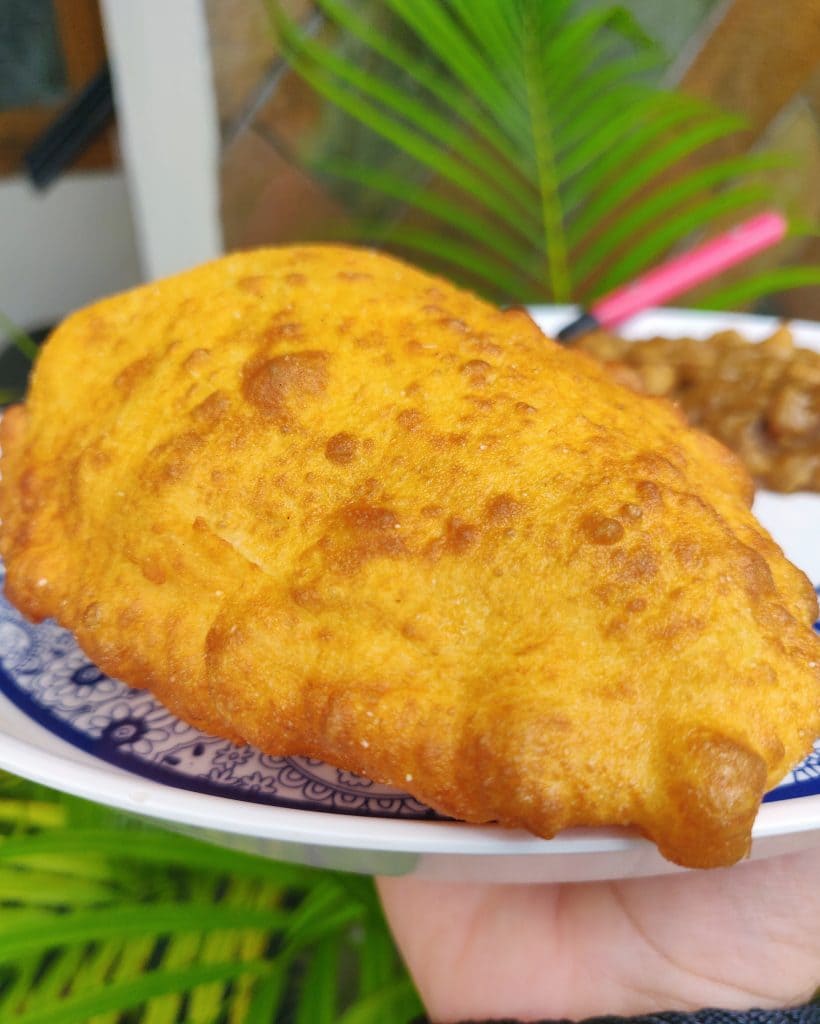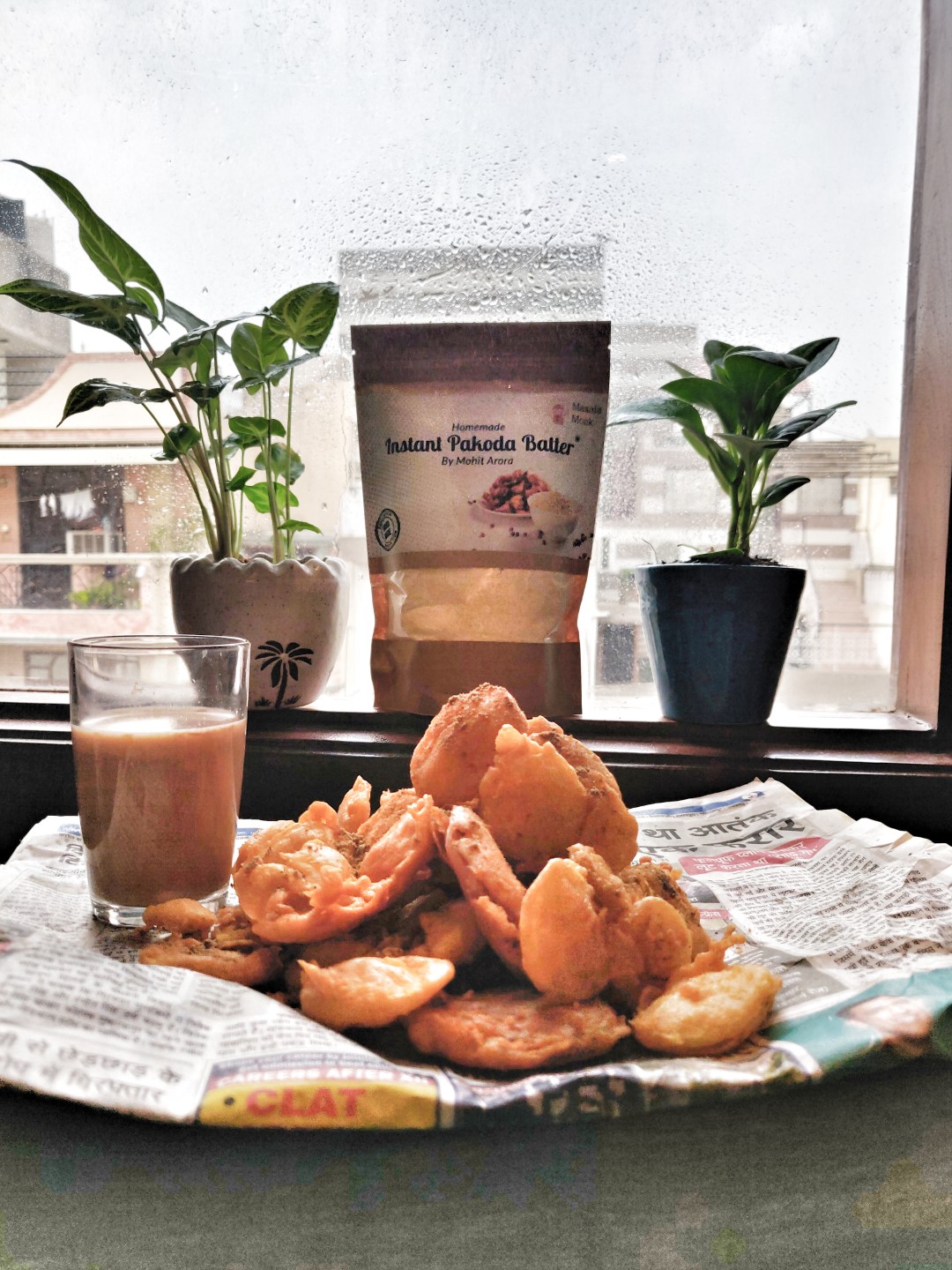
There’s a certain magic that comes with the onset of the monsoons in India, a kind of nostalgia that tugs at our heartstrings. The pitter-patter of raindrops, the intoxicating smell of the wet earth, and the verdant landscape shimmering under the cloudy sky evoke memories of simpler times and bring to mind the heartening warmth of a piping hot cup of masala chai. And when the romance of the monsoon season intertwines with the comfort of a home-brewed chai, magic ensues.☔💭
This monsoon, let’s delve into the realm of masala chai, exploring five exquisite variants, each promising a unique flavor profile and an unforgettable sensory experience. Stir in a bit of nostalgia, a dash of romance, and a whole lot of love as we brew these delicious concoctions. 😌💖
1. Classic Masala Chai – A Timeless Elixir 🍵
Every Indian household has a secret recipe for the classic masala chai, a beverage that stands the test of time. A perfect blend of strong Assam tea with fragrant spices like ginger, cardamom, cloves, black pepper, and cinnamon, this brew creates a symphony of flavors that soothes the soul. Savor it with the monsoon delicacy – crispy pakoras or aloo samosas, and let this combination take you down memory lane, back to those rain-soaked childhood afternoons when the world was but a playground. ☺️
2. Tulsi Masala Chai – A Blend of Wellness and Tradition 🌿
Nothing compares to the comforting, earthy sweetness of tulsi (holy basil) blended into masala chai. The potent healing properties of tulsi, paired with traditional chai spices, create a healthful brew that not only tastes divine but also strengthens your immunity. Savor the invigorating Tulsi masala chai with a plate of spicy bhajiyas or simple buttered toast. Each sip is like a warm hug on a cold, rainy day, reminiscent of the warmth and comfort of your grandmother’s tales and lullabies. 😇🍃
3. Mint Masala Chai – A Symphony of Freshness 🍃
If you desire a burst of freshness in your chai, the mint masala chai is your perfect companion. The refreshing coolness of mint leaves, infused with the warmth of traditional chai spices, creates a sensory delight. Enjoy this revitalizing brew with a bowl of tangy bhel or spicy chana chaat. This minty concoction will whisk you back to those shared moments of laughter and stories, on rain-drenched balconies with old friends and loved ones. 😄🌿
4. Rose Masala Chai – A Romantic Rendezvous 🌹
Indulge in the sweet, ethereal romance of a rose masala chai, where the delicate fragrance of rose petals mingles perfectly with the robust flavors of masala chai. This delightful brew, paired with a plate of warm, flaky parathas or a serving of heartwarming sooji halwa, creates a heavenly ensemble. As the floral notes of the chai fill your senses, you’ll be transported back to the youthful days of innocent crushes and whispered sweet nothings under shared umbrellas. 🥰🌧️
5. Chocolate Masala Chai – A Decadent Delight 🍫
A surprise for the adventurous, the chocolate masala chai is a daringly delightful mix of cocoa powder or grated dark chocolate with our traditional chai spices. This slightly sweet, indulgent beverage, when paired with classic Indian biscuits like Parle-G or Marie, becomes a charming rainy-day indulgence. This tea is a celebratory tribute to those times when life’s little victories were celebrated with a clap of thunder and the applause of rain. 🎉💕
Each sip of these uniquely flavored chais tells a story, a tale of nostalgia and warmth. So, as the monsoon clouds gather, pick your favorite chai variant, curl up in your favorite nook, maybe call an old friend, or lose yourself in a gripping book. Let the raindrops tap a rhythm on your windowpane, and let the chai brew a symphony of emotions and memories within you. After all, chai is more than just a beverage; it’s a medium of connection, a vessel of shared moments, and a brew of heartwarming nostalgia. 🍵💞🌧️🌈
We would Love to Hear from You
As we reach the end of this flavorful journey through the monsoon-soaked lanes of our memory, it’s time for us to hear from you. We all have our unique versions and favorite recipes of masala chai, each brimming with stories and emotions. Whether it’s the classic masala chai that your mother makes or a special variant you discovered on a rainy afternoon, we would love to hear your chai tales. Which of these masala chai variants piqued your interest? How do you like your chai? What’s the secret ingredient that makes your chai special? 🤔💬
Please feel free to comment and share your favorite recipes and stories about your love affair with chai. Your unique narratives and secret recipes could be the heartwarming tale someone needs on a rainy day. Your shared memories could become a part of someone else’s monsoon ritual. After all, a cup of chai is much more than a drink; it’s a shared experience, a thread that weaves us all together in a tapestry of warmth, comfort, and nostalgia. 🍵💭💞
And if you’re as passionate about food and stories as we are, we invite you to join our Facebook group ‘Eatlo’ at https://www.facebook.com/groups/eatlo. Here, we share our love for food, recipes, stories, and so much more. It’s a place for food lovers, by food lovers. Come be a part of our vibrant community and enrich our food journey with your experiences and expertise. We look forward to welcoming you! 🤗💓
May your masala chai be strong, your monsoons be magical, and your memories be evergreen. Enjoy your brew and stay safe. Until next time! ☔☕🌈
Blog Tags: Masala Chai, Monsoon, Rainy Day, Nostalgia, Indian Tea, Tea Variants, Tea Recipes, Food Pairings, Indian Cuisine, Comfort Food, Memory Lane, Tradition, Indian Spices, Tea Lovers, Home Brew.


